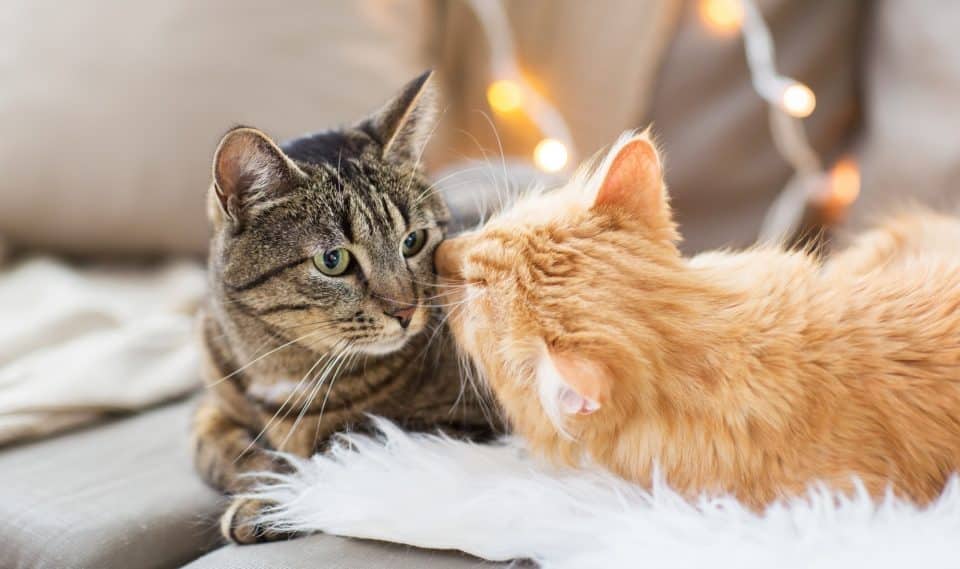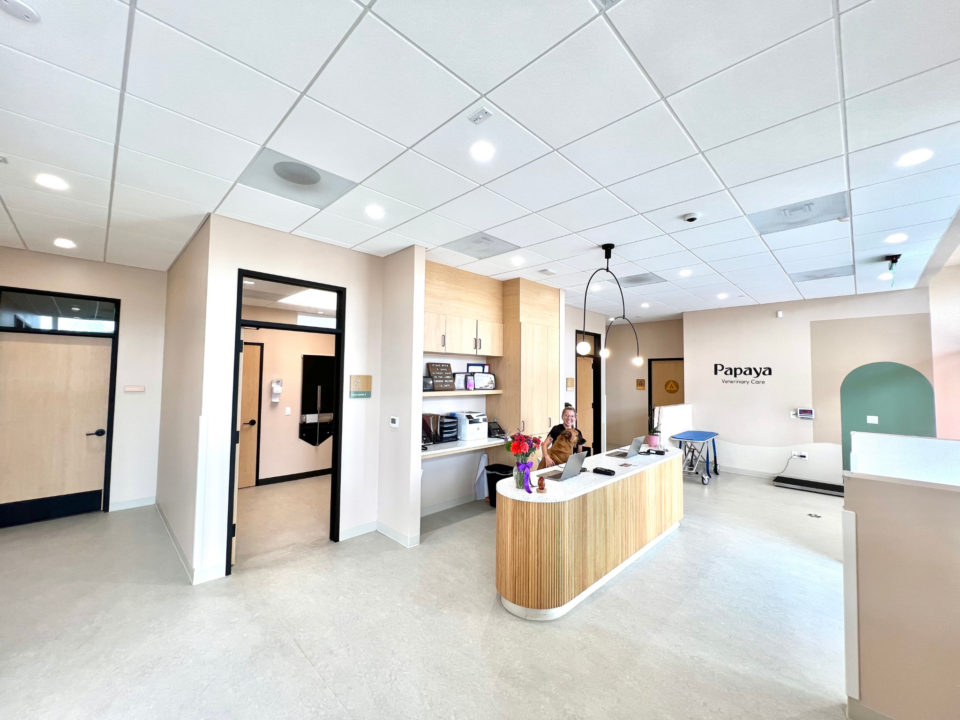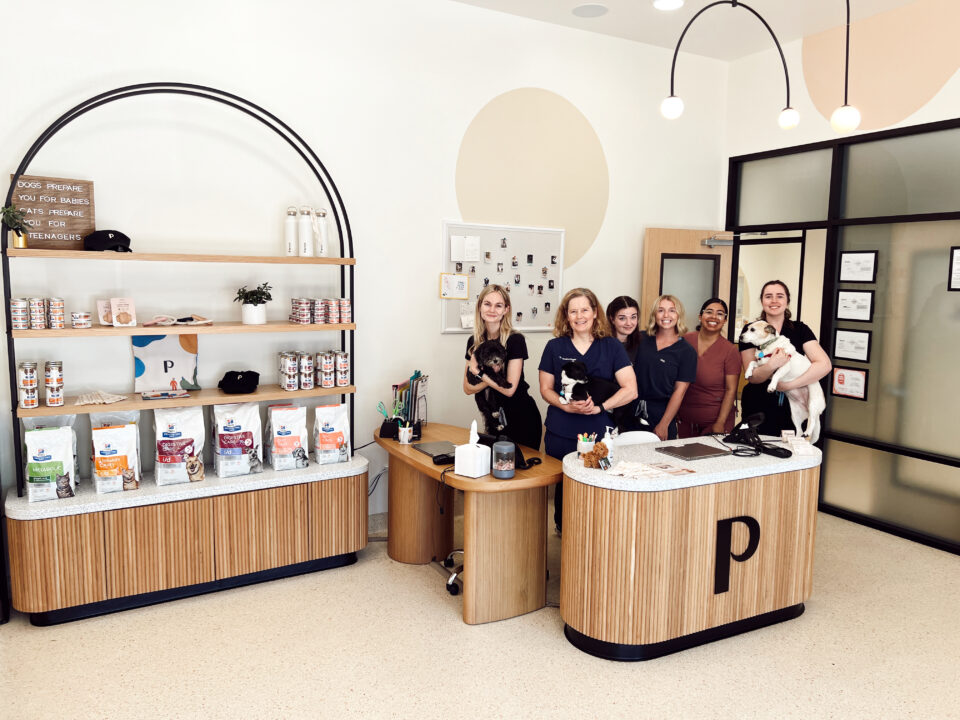Cats
5 min read
How to Help Your Cat Recover After Spaying or Neutering
Published on Jul 5, 2023

Spaying or neutering your cat can be a frightening experience for both you and your pet! Nevertheless, it is necessary for responsible pet care and can help keep your cat healthy and happy. Although the procedure is usually painless, your male or female cat may be in discomfort during recovery.
Knowing which animal clinics to have them neutered vs spayed, what to anticipate, and how to provide the best aftercare for your cat can help ensure a successful recovery. In this blog post, we’ll go over everything you need to know about assisting your cat in recovery after spaying or neutering. We will cover everything from what to anticipate during recovery to how to provide the best aftercare and when to contact your veterinarian.
The Spaying Recovery Process
Spaying a cat is a major surgery that shouldn’t be taken lightly. It requires some recovery time for them to completely heal, and your job as a pet parent is to watch over them to ensure a successful recovery. The recovery period for a spayed cat or neutered cat varies, but it typically ranges from 7-10 days. To ensure a successful and healthy recovery, keep a close watch on your cat during the recuperation period and observe your veterinarian’s instructions.
You should anticipate your kitten to be groggy or sleepy after cat neutering or spay surgery due to the anesthesia. Your cat may also be a little sore in the stomach, so it may prefer to be left alone or brought to a peaceful, comfortable location. Keep a watch on your cat’s incision, as well as their temperature, appetite, and level of activity.
It’s also critical to keep your cat from licking or chewing on its suture, as this could lead to infection or complications. So, be sure to check where they are constantly, especially if the cat is hiding after vet visit.
During the recovery period, a veterinarian may prescribe pain medication for your cat, so it’s critical to give any medications as directed. Limit your cat’s activity and do not allow them to jump up and down from furniture or interact with other animals for at least two weeks after the cat neutering or spay surgery. While both male and female cats are known to be quick healers, it is critical to allow them time to fully recuperate before resuming their usual activities.
In general, it takes 10-14 days for a cat to recover fully from the spaying procedure. Keep a watch on your cat’s behavior and ensure that he or she is eating and drinking normally. If your cat shows signs of illness, such as vomiting or lethargy, call your veterinarian immediately because these could be signs of infection or other complications from the operation.
Post-Spay Procedure Aftercare Tips
Following your veterinarian’s post-operative instructions is critical to ensure that your cat heals correctly after spaying. Following-care suggestions include:
1. Keep an eye on your cat’s behavior. Note how much rest they receive and how active they are. The recovery process can be lengthy, so ensure your cat gets enough rest. Monitoring behavior will help them heal faster.
2. Keep your pet inside at all times. Keeping your cat indoors for a few weeks following the procedure will guarantee their safety, reduce the risk of infection, and allow them to heal without distractions.
3. Ensure your cat avoids running, jumping, playing, and climbing steps for the first few weeks.
4. Inspect the incision site frequently. Examine the incision location daily for indications of infection or excessive bleeding. Contact your veterinarian immediately if you observe any redness, swelling, discharge, or an unpleasant odor.
5. If required, give your cat pain medication. If your cat appears in pain, consult your veterinarian to determine whether extra pain relief is needed. When administering medication, make sure to follow their instructions closely.
6. Maintain proper sanitation. Keep your cat’s bedding and litter box clean and free of debris and grime. Checking that stitches are not infected will help to reduce the possibility of infection and shorten the recovery time after a cat spay.
7. Keep an eye out for symptoms of infection or complications. Contact your veterinarian immediately if you observe any changes in behavior, such as lethargy, decreased appetite, fever, or vomiting. These could be symptoms of an illness or a surgical complication.
Following these maintenance guidelines is critical for assisting your cat’s recovery after spaying. It is essential to be aware of any signs of infection and to contact your veterinarian if you observe anything unusual. You can help guarantee your cat’s successful spay recovery by providing appropriate care.
Signs of Complications
The recovery process for a cat spay is typically simple, but it is critical to remain vigilant and conscious of possible complications. Complications can manifest as hemorrhage, swelling, discomfort, redness, or discharge at the cat’s incision site. Fever, lack of appetite, decreased activity, and vomiting are some of the other symptoms. If your cat exhibits any of these symptoms, you should call your veterinarian immediately. Additionally, look for indications of infection or obstruction at the incision site, such as a foul odor or discharge. You should also keep an eye on your cat’s general behavior, such as refusal to move or changes in eating or drinking habits. These could be symptoms of a more severe problem that a veterinarian should address. Cat spay recovery time varies based on the individual, but cats should begin to feel better within a few days.
When to Contact the Vet
Being aware of any signs of infection or other complications after your cat is spayed is crucial. Complications that require a veterinarian’s visit include ongoing bleeding, discharge from the incision site, swelling, lethargy, lack of appetite, or fever. Monitoring the cat spay recovery period and ensuring your pet is healing normally is also critical. If you observe any of these symptoms or any unusual changes in your cat’s behavior or health, be sure to get in touch with your veterinarian immediately.
Ensuring a Healthy Recovery for your Cat
After you’ve had your cat spayed, the next step is to guarantee a healthy recovery. While the spaying process is relatively simple and should only take a few hours, monitoring your cat after surgery is critical to ensure proper healing.
Following these guidelines, your cat should return to normal within two weeks. By devoting time and effort to your cat’s post-surgery care, you can ensure that your cherished companion recovers safely and successfully from their spay procedure. This improves their general quality of life and helps shorten the overall cat spay recovery time.
Papaya Veterinary Care is your place to go if you want to get your cat spayed safely and quickly. We employ certified vets who are experts in their fields, so you can rest assured that your pet is in good hands. You can be confident that the cat spay recovery time will be brief, and your cat will be healthy and happy in no time.
Sources:
- American Animal Hospital Association (AAHA): “Postoperative Care of Spayed and Neutered Dogs and Cats.” Article Referenced From: https://www.aaha.org/globalassets/02-guidelines/spay-neuter/postoperative-care-of-spayed-and-neutered-dogs-and-cats.pdf
- American Humane Society: “Spay/Neuter: Post-Surgery Care.” Article Referenced from: https://www.americanhumane.org/fact-sheet/spayneuter-post-surgery-care/
- VCA Animal Hospitals: “After Surgery Care for Pets.” Article Referenced From: https://vcahospitals.com/know-your-pet/after-surgery-care-for-pets
- PetMD: “Aftercare for Spay and Neuter Surgery.” Article Referenced From: https://www.petmd.com/dog/care/aftercare-spay-and-neuter-surgery














